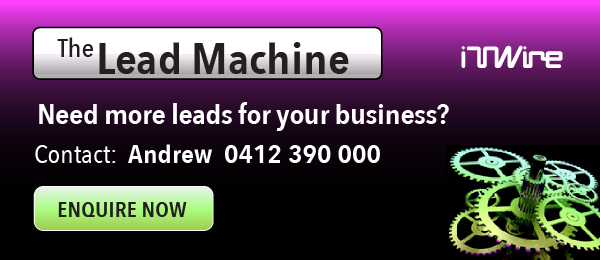|
|
The system is currently being tested by a small group of organisations but will be opened 'soon' for general release according to PayPal.
Targetted at small and medium businesses, the app allows them to set up an inventory on their smartphone, and then when a customer wants to pay, they plug in the dongle, swipe the customer's card, get them to sign (using their finger) on the screen of the phone, and the payment is completed. A receipt can be sent to the buyer's mobile phone.
The system can also be used to allow PayPal payments at the point of sale.
Although the app and dongle are free the hit comes in the charges. Merchants will be charged 2.4 per cent of the transaction cost, plus 30 cents for swipe transactions and 2.9 per cent plus 30 cents for manually keyed in transactions.
PayPal, which is owned by eBay, has been focussing on the alternative payments area for some time - and quietly chipping away at the banks' traditional dominance of the payments market. The company claimed that in the last year 1.1 million Australians had completed a purchase on their mobile phone using PayPal.
The company claims to enable payments for 45,000 businesses online in Australia.
|
According to the company's acting managing director, Elena Wise, the Australia retail sector is ripe for making changes. 'Australian retail is facing the exact same issue that media faced a couple of years ago'¦retailers like publishers know that they have to act,' she said at the launch of the new system this morning.
Releasing the findings of a new survey into The Future of Shopping, which was conducted by Forrester, PayPal said that online retail for everything except groceries would grow 7 per cent in Australia this year. Including online grocery shopping saw the growth rate leap to 12 per cent.
The online retail market meanwhile is currently worth $31.7 billion a year, with 70 per cent reflecting domestic sales.
PayPal also provided a glimpse of some future systems that it was working on. Carey Kolaja, chief of operations for global product and experience sketched a few retail scenarios that she said were 6-12 months hence.
One involved a consumer searching for, and finding a product online, completing the payment, and then having a period during which he or she could opt to split that payment into instalments using PayPal. Ms Kolaja also suggested that the digital wallet would become a repository for things such as coupons and gift cards.
|
Today PayPal wasn't addressing such thorny issues - it was more about what the technology would allow, rather than how the market would allow it. And it's bullish in that regard.
As Ms Kolaja said; 'The move to a cashless society is probably a little bit closer than we thought.'











































